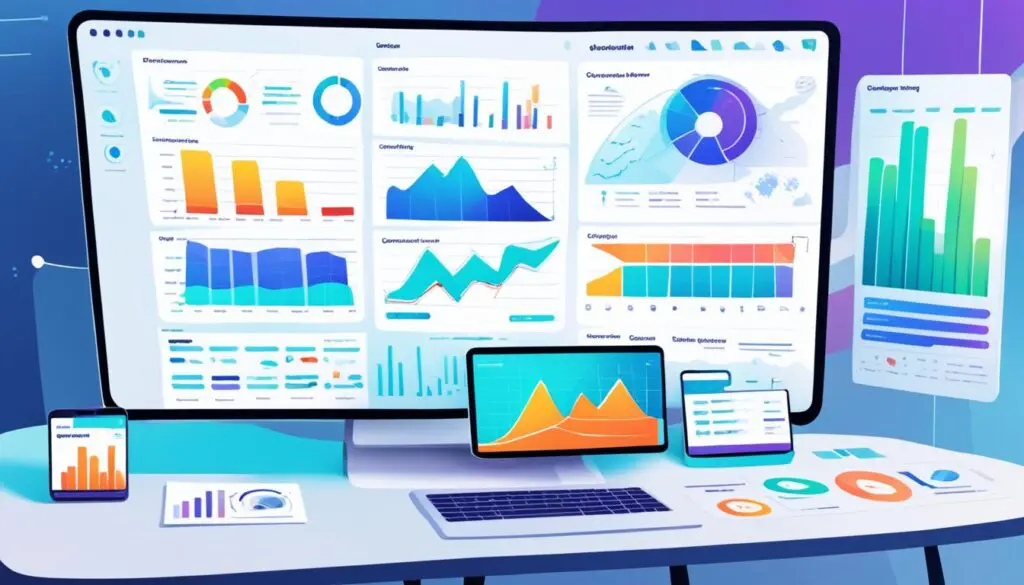CJ Attard Insights
Exploring the latest trends and insights in various industries.
Visualize This: Transforming Data into Stories You Can See
Unleash the power of data storytelling! Discover how to turn complex data into stunning visuals that captivate and inform your audience.
5 Essential Techniques for Turning Data into Compelling Visual Stories
In today's data-driven world, transforming raw statistics into compelling visual stories is essential for effective communication. The first technique is to understand your audience: knowing their preferences and pain points can guide you in selecting the right data to present. Next, consider utilizing a storytelling framework to organize your data logically. This could involve starting with an engaging introduction, followed by a progression of key points, and wrapping up with a powerful conclusion. Employing this structure keeps your audience engaged and helps them grasp the significance of the data being presented.
Furthermore, selecting the appropriate visual format plays a crucial role in captivating your audience. Techniques such as the use of charts, infographics, and interactive dashboards can effectively illustrate your data points. It’s also vital to focus on color theory and design principles that enhance readability and appeal. Lastly, don’t forget to encourage interaction by integrating tools that allow your audience to explore the data themselves. By combining these techniques, you can elevate your data presentation from mere numbers to insightful narratives that resonate with your viewers.

How to Choose the Right Visualization Tools for Your Data
Choosing the right visualization tools for your data is crucial for effective communication and analysis. Start by understanding the type of data you have and the insights you want to convey. For instance, if you're dealing with complex data sets and need to highlight relationships between variables, consider tools that offer multidimensional visualizations, such as heat maps or scatter plots. On the other hand, if your goal is to display trends over time, line graphs or bar charts may be more appropriate. Here's a quick checklist to guide your decision:
- Identify the key metrics you wish to visualize
- Consider your audience's familiarity with different types of visualizations
- Assess the interactivity features you may need
Another factor to consider is the ease of use and flexibility of the visualization tools. Tools that have a steep learning curve can hinder productivity, especially if you need to create visualizations quickly. Look for user-friendly interfaces that allow for customization and integration with other tools you currently use. Additionally, check if the platform supports real-time data updates and mobile accessibility if you're often on the go. Remember, the goal is not just to create stunning visuals but to ensure that they effectively communicate your data insights.
What Makes a Data Visualization Effective? Key Principles to Consider
Data visualization is a crucial tool in our increasingly data-driven world, and understanding what makes a data visualization effective is essential. One of the key principles to consider is clarity. A visual representation should convey information clearly and quickly. Complex charts can confuse rather than enlighten, so it's critical to use intuitive designs and layouts. For instance,
- choose the right chart type that matches the data you're presenting,
- limit the use of colors to avoid distraction, and
- ensure labels and legends are easy to read.
Another vital principle in effective data visualization is context. Providing context helps viewers understand the significance of the data and its implications. This can be achieved by incorporating
- descriptive titles that summarize the content,
- annotations that highlight key points or trends, and
- comparative data to show relationships or disparities.